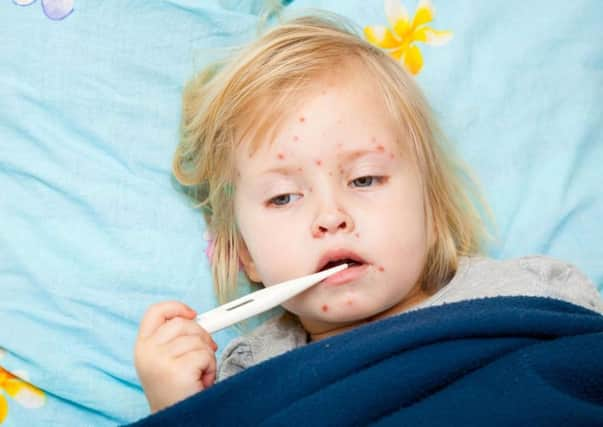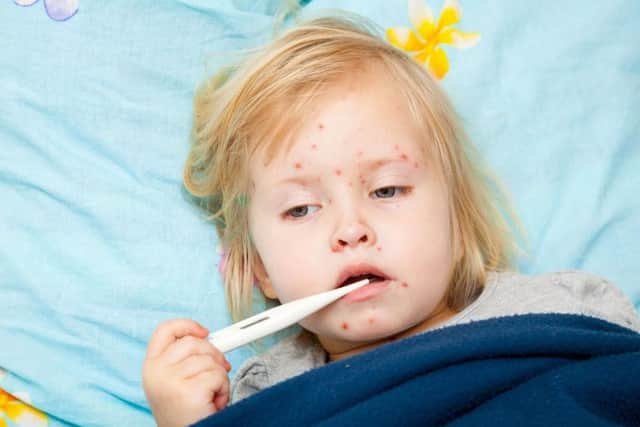How to avoid measles and what to do if you catch it


Measles is not only uncomfortable, itchy and rather unsightly, the virus can sometimes be really dangerous too.
Although most common in young children, measles can potentially affect anyone who has not been vaccinated against it. While fatalities are rare, cases of measles have now reached the highest this decade, according to the World Health Organisation: More than 41,000 children and adults across Europe have been infected with measles in the first six months of 2018, and at least 37 have died.
Advertisement
Hide AdAdvertisement
Hide AdMeasles is an infectious disease caused by a virus. “It used to be a common illness, especially in children, until the introduction of the measles vaccine, given as part of the MMR vaccine in infancy,” says Dr Paul Shepherd, a GP with Push Doctor.


“However, the MMR vaccine uptake reduced following the flawed research of the discredited Dr Andrew Wakefield [who proposed a link between the MMR jab and autism and bowel disease], and so we’ve seen increasing cases of measles in the UK, and more especially across Europe in recent years.” Parents should be particularly wary of measles notes Dr Shepherd, as it can lead to “serious complications” in childhood.
Much like the common cold, measles is easily spread via tiny droplets that come out of the nose and mouth. “It’s usually transmitted from person to person by coughing, sneezing, or direct contact with body secretions,” says Dr Shepherd. Symptoms usually start to develop after 10 to 14 days.
“Early signs are fever, cough, cold symptoms and sore eyes due to conjunctivitis. You will often, at this stage, find spots inside the cheeks which are a white or grey colour,” Dr Shepherd explains. After a few days, the characteristic measles rash appears. “Look out for a bright red rash, starting on the head and neck before spreading to the rest of the body.” The rash is often itchy and, after about four days, its colour turns a more dark red or brown.
Advertisement
Hide AdAdvertisement
Hide Ad“The usual first aid measures will apply, giving paracetamol or ibuprofen to relieve aches and pains and help lower temperature. It is also important to stay well hydrated by drinking plenty of water,” says Dr Shepherd.
Most cases of measles will settle on their own over about 10-14 days and the best thing to do is wait it out and stay away from others where possible. Once you have had measles, your body builds up resistance, so it’s highly unlikely you’ll get it again. That said, you should contact your GP as soon as possible, if you suspect that you or your child may have measles. “As a result of catching measles, complications due to bacterial infection may arise, such as middle ear infection, pneumonia and meningitis.
“It is also very important that medical advice is sought quickly if there are any signs of complications arising,” warns Dr Shepherd. “Worrying features would include difficulty breathing, chest pain, coughing up blood, drowsiness, confusion or fits.
“In this situation, antibiotics will often be needed to treat the complicating bacterial infection and, in severe cases, hospitalisation is required.”
Advertisement
Hide AdAdvertisement
Hide AdMeasles can be prevented by having the measles, mumps and rubella (MMR) vaccine, given as part of the NHS childhood vaccination programme. The first dose is given when your child is around 13 months old, and a second dose is given at three years and four months - but you could still get vaccinated later.
“Vaccination against measles is vital, both to protect an individual person and also to develop a high level of immunity in the population, in order to prevent the virus spreading,” says Dr Shepherd.
An injection called Human Normal Immunoglobulin can also be given in special circumstances within six days of known exposure of the virus to babies under six months, unvaccinated pregnant women, or people with weakened immune systems.